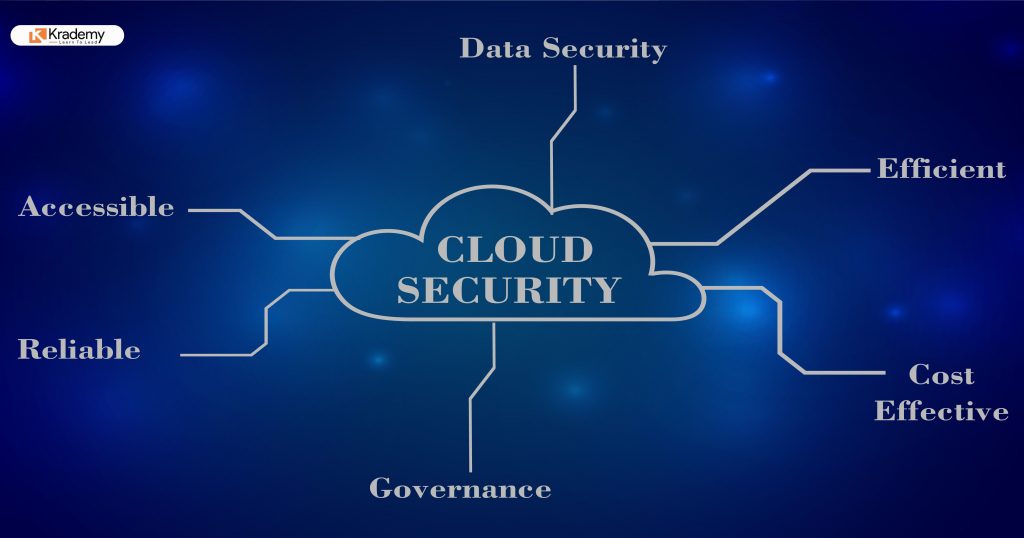We’ve been using the cloud for years, but never discussed what cloud security entails. And what factors can contribute to cloud misconfiguration? As a result, we decided to do a quick write-up on the subject. Here, we will explain the benefits of the cloud, as well as how dangerous it can be at times when we store all our data on the cloud.
This will make certain that readers can read this blog and comprehend the significance of cloud security in the corporate world. However, one must also contend with corporate leakage.
This blog will be user-friendly to demonstrate how simple it is for anyone with some skills but little or no technical knowledge.
Almost every organization is now on the Cloud, especially in the aftermath of the Pandemic. They migrated from on-premises to the cloud to increase business requirements, but many did not understand how the cloud works.
Cloud Security
Cloud Computing Security is a set of control-based technologies and policies designed to maintain regulatory compliance rules and protect data, data applications, and cloud computing infrastructure.
To put it simply, it protects data stored online from theft, leakage, and deletion. Cloud security is one type of cyber security/Ethical Hacking.
BENEFITS –
I hope now you have a basic understanding of what Cloud Security entails. Cloud security is a popular option for individuals and businesses for a variety of reasons, including –
- Easily Accessible from anywhere – Authorized users can have access to your applications and data from anywhere. Just access to the internet is all one needs.
- Staffing Efficiency– Maintaining an efficient technology staff and outsourcing them is what makes sense for any business.
- A Reduced need for on-site IT Staff– Cloud Security promises to be very reliable, which means one will not be dependent upon on-site professionals for troubleshooting.
- Reduced Capital Expenditure – With the cloud, a lot of capital expenditure can be reduced or eliminated in favor of small monthly installments.

Drawbacks-
But, as we all know, flowers do not come without thorns. This means that while there are benefits to cloud security, there are also drawbacks: –
- Loss of control – Cloud computing entities control the users. This will be impacted majorly as we need to know what information we can use, where you can access it and what information you can store. What if, someday the system crashes? We run the risk of losing all your information.
- Lack of Trust – Cloud computing Services, will give the right to a third party to handle the data. Companies handling confidential information are concerned about using cloud computing as data is being harmed by viruses and other malware.
Cloud Misconfiguration –
What if there is a leak in your cloud system? How will you handle it? Major threats to cloud security include data breaches, data loss, account hijacking, service traffic hijacking, insecure application programming interfaces (APIs), poor cloud storage provider selection, and shared technology. According to a recent survey, 90% of security professionals are concerned that human error could lead to Cloud Misconfiguration.
Cloud misconfiguration occurs when a company fails to properly configure its cloud-based system, allowing hackers access. Providing all system users with access to exposed cloud-stored data, and Keeping encryption keys and passwords in publicly accessible locations.
Risks Associated –
This risk can be in many forms: –
- Providing access to exposed cloud-stored data to all system users.
- Inadequate network functionality creation.
- Allowing public access to storage buckets.
- Giving the public access to storage buckets.
But how Does This Misconfiguration Happen?
We have seen an increase in the number of cases of cloud misconfiguration over the last few years. In terms of business insight, cloud misconfiguration was responsible for eight out of ten data breaches from 2019 to 2020. But how does this misconfiguration occur? We’ve come to talk about it.
Before proceeding, one should be aware of the well-known example of FedEx, which exposed thousands of Scanned documents due to the company’s failure to secure an Amazon Web Services account (AWS). The documents included a driver’s license, a passport, and other important documents.
What Best Practices company can implement?
The Best practices are put in place to secure its cloud-based assets and prevent cloud misconfiguration breaches. Below is the list of a few –
- To avoid misconfiguration in cloud systems, strong security policies should be developed, implemented, and communicated to employees.
- An automated solution should be implemented to receive alerts for all misconfiguration issues.
- A regular audit of the cloud environment is required to detect any signs of misconfiguration or cloud-based threats.
“The more cloud security automation you can employ in conjunction with human-controlled methods, the better prepared your organisation will be to reduce the risk of a cloud misconfiguration breach.”
To End-
So, I hope the information above will assist you in analyzing any leakage in your cloud system. Even if one has extensive experience as an IT architect, configuring a dynamic cloud environment is not as simple as one might think.
To begin, a person must understand how to configure the cloud and how to deal with cloud misconfiguration. All of this will be covered at Krademy. With just one mistake or incorrect cloud configuration, you could be a single step away from devastating cyber-attacks.
Follow us @ www.krademy.com more for knowledgeable content.





useful reference hydra
Extra resources Гидра ссылка